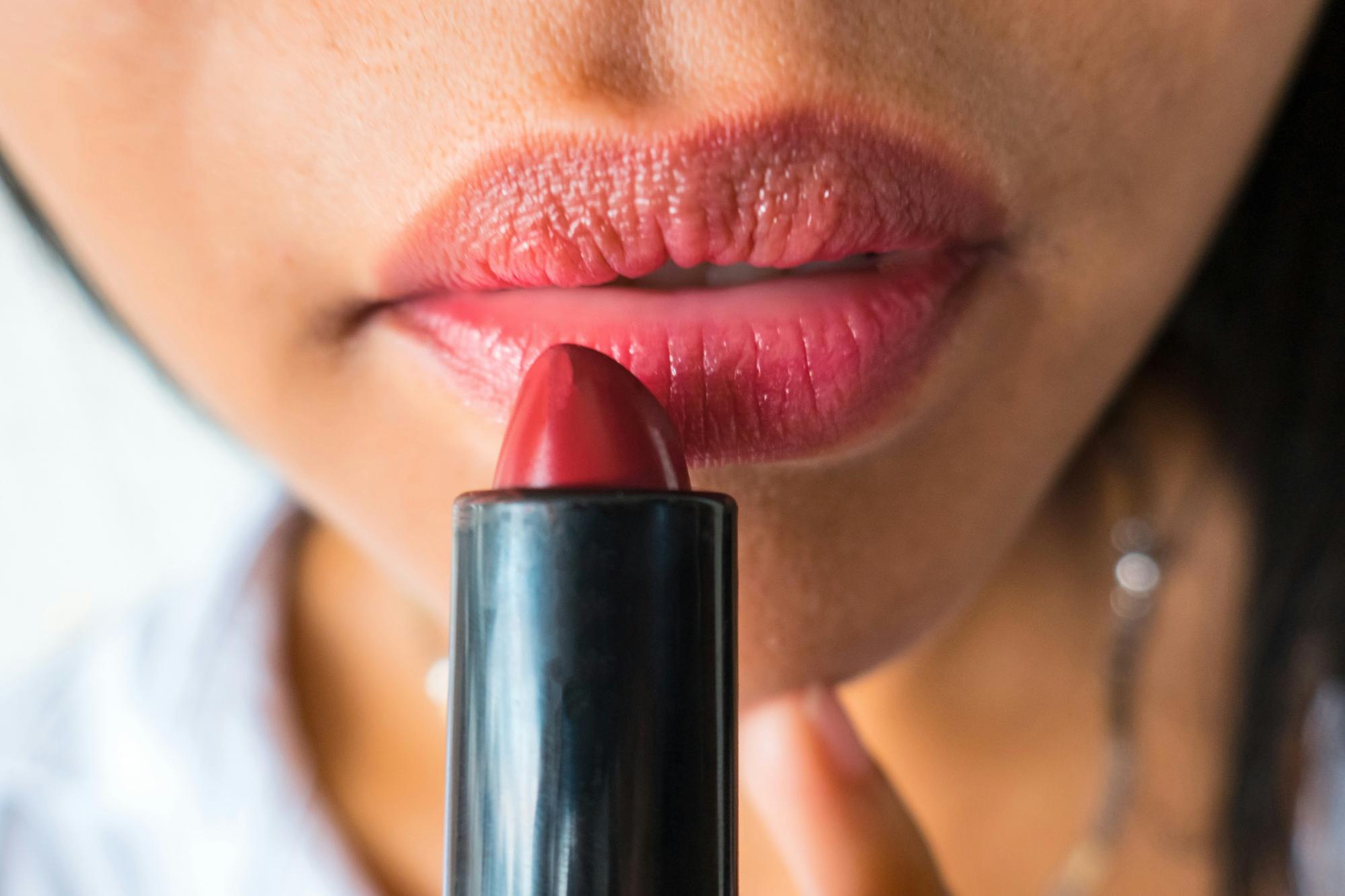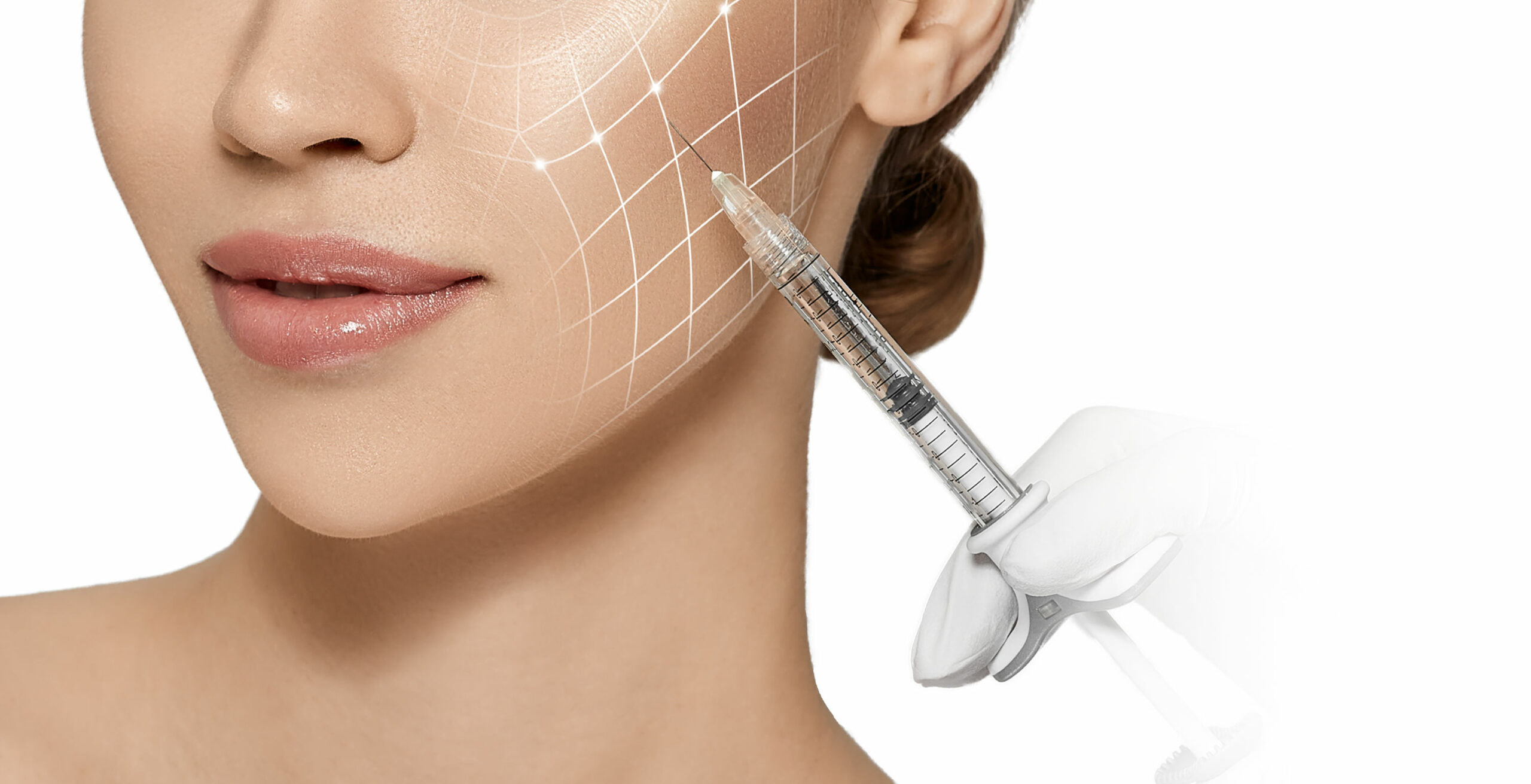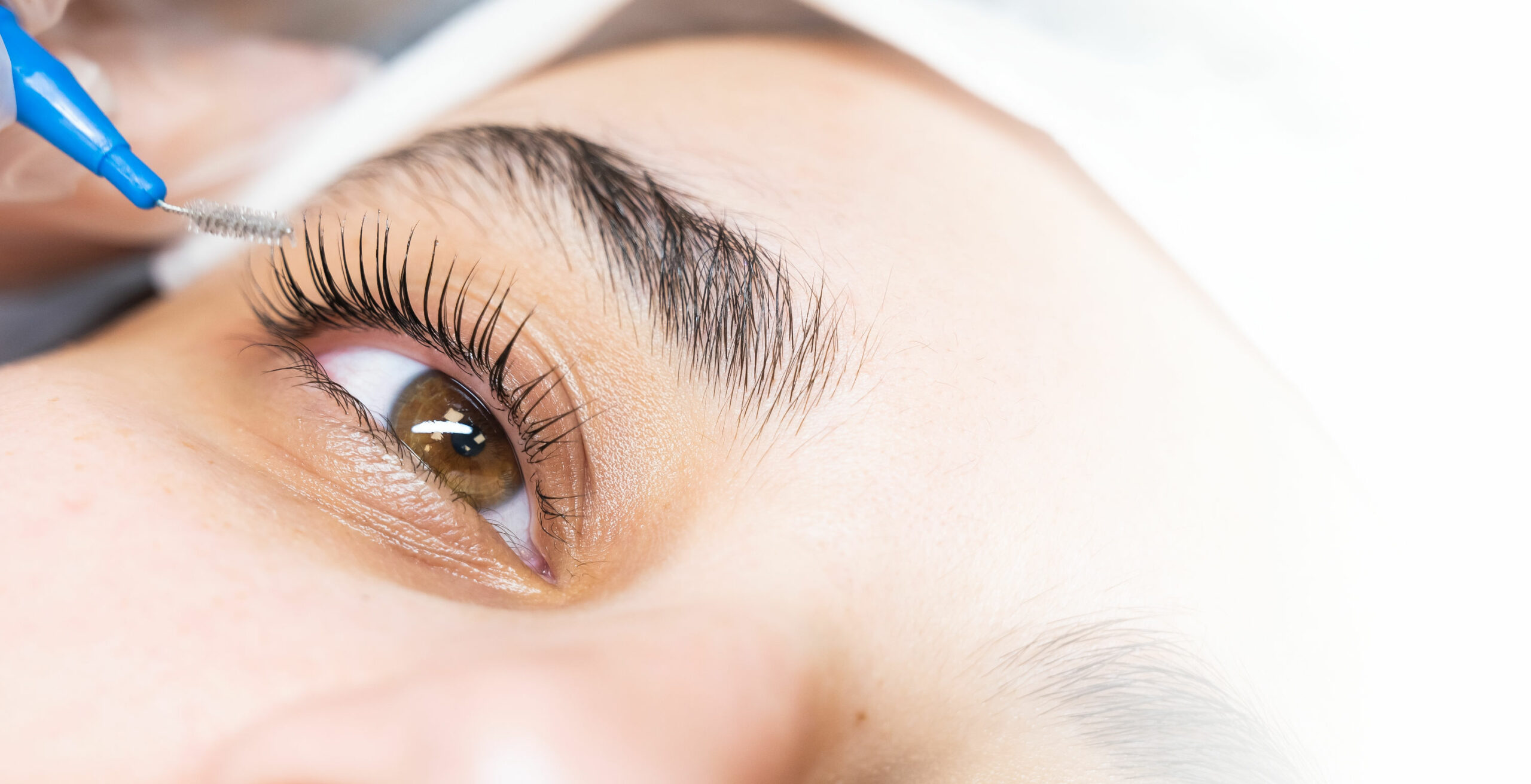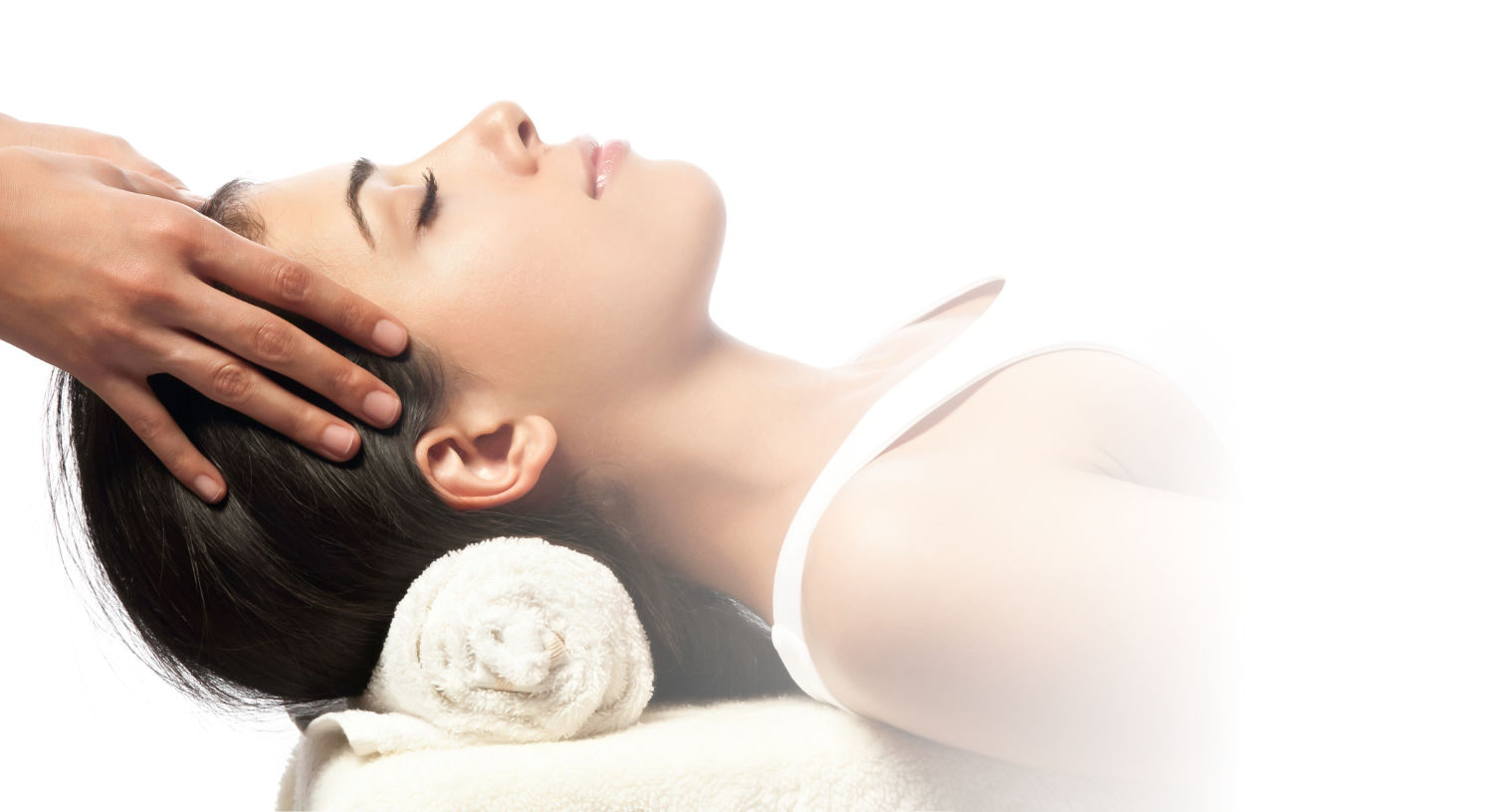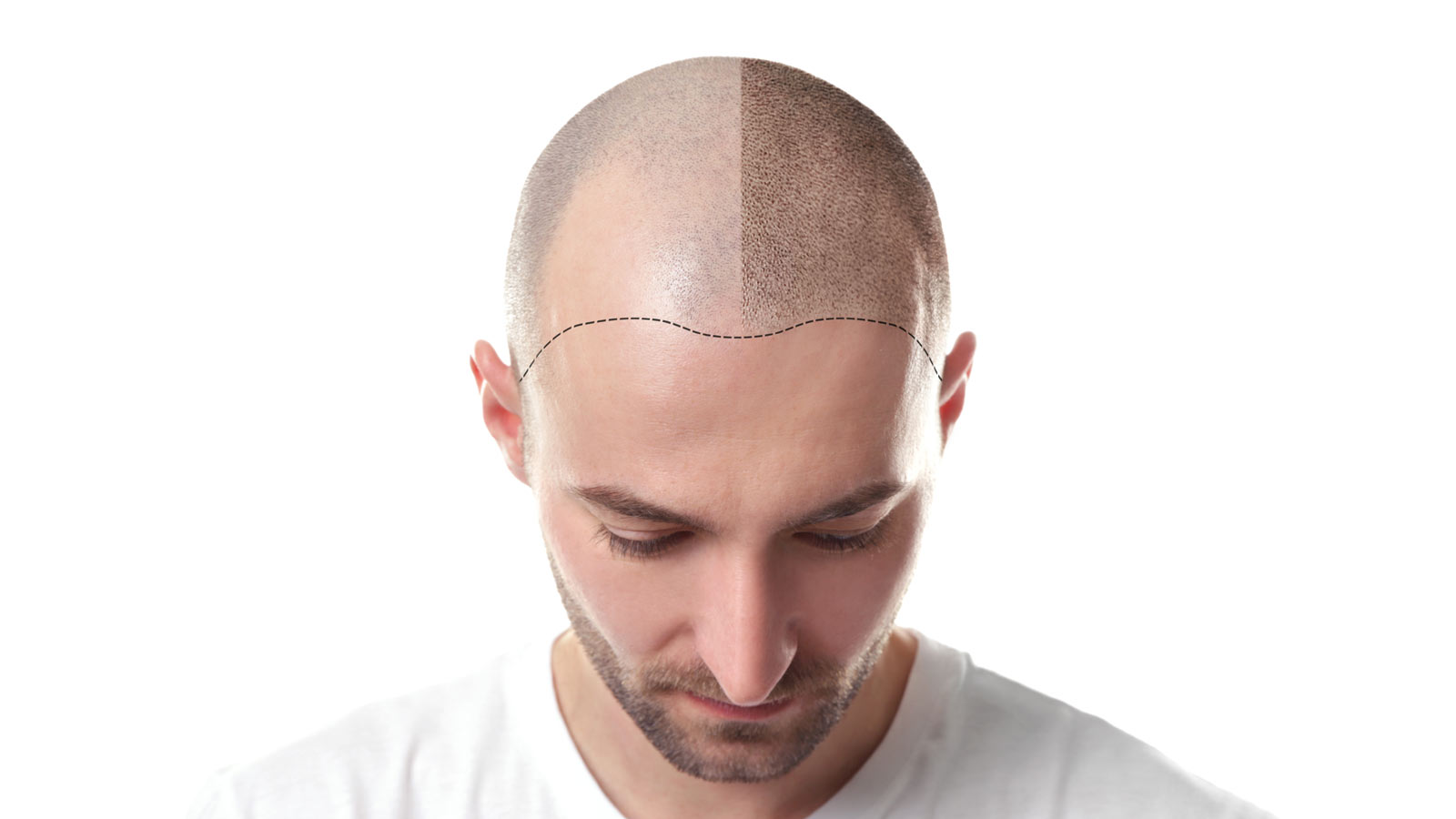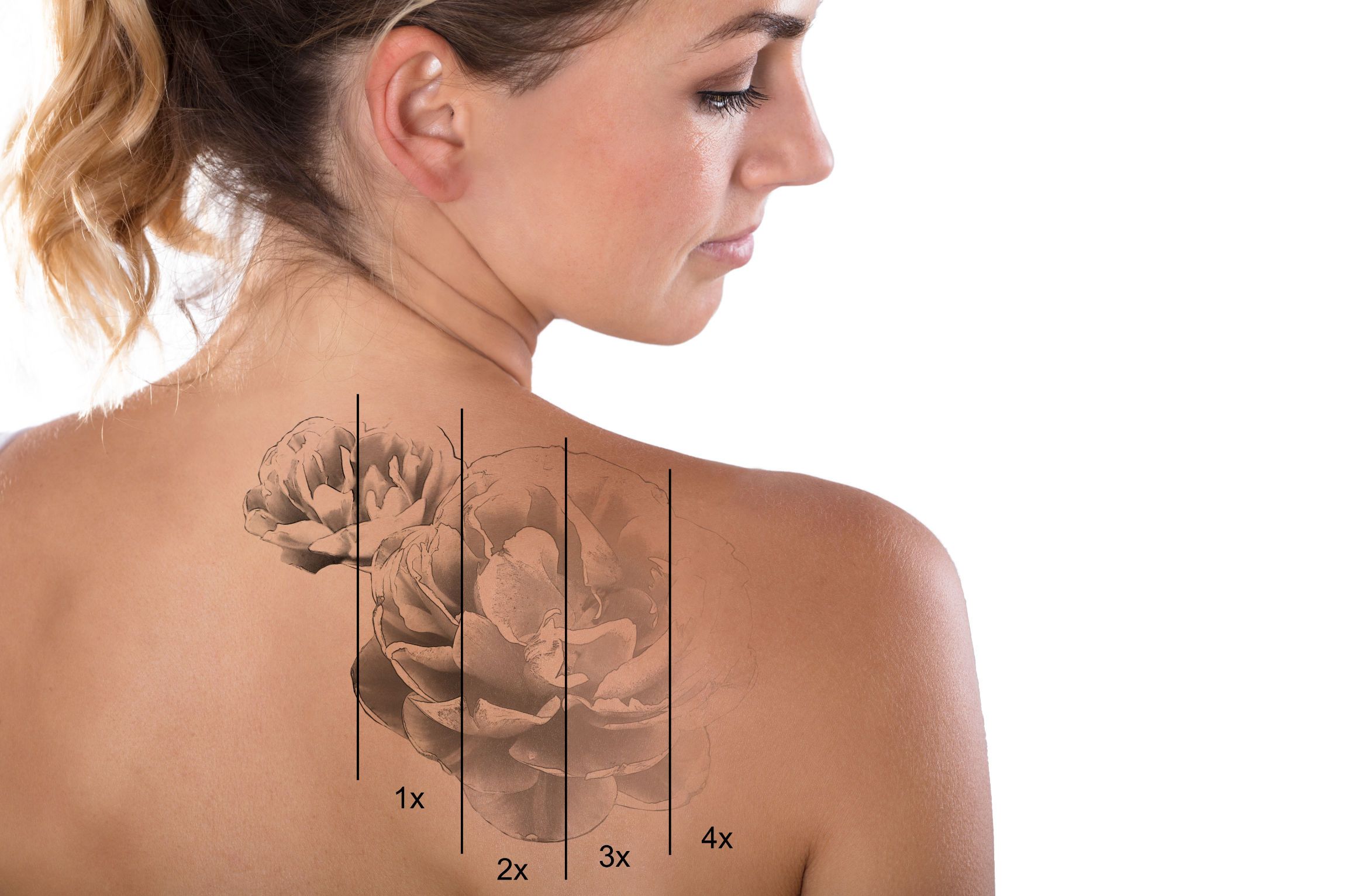
Laser hair removal: Is it right for you?
Laser hair removal is a non-invasive cosmetic procedure that uses a concentrated beam of light (laser) to remove unwanted hair from various areas of the body. Unlike shaving or waxing, which provide temporary results, laser hair removal offers longer-lasting effects.
Common treatment areas include the face, underarms, bikini area, back, and legs. The procedure works by targeting the pigment (melanin) in hair follicles, converting light energy into heat and damaging the follicles to inhibit hair growth.
For optimal results, multiple sessions are often necessary, especially since hair follicles cycle through different growth stages. It’s essential to consult with a healthcare provider to determine if laser hair removal is suitable for you. If you’re tired of shaving, tweezing, or waxing, laser hair removal might be the solution you’re looking for.
How does laser hair removal work?
Laser hair removal uses a concentrated beam of light (laser) to remove unwanted hair. During the treatment, the laser emits light that is absorbed by the pigment (melanin) in the hair follicles. This absorbed energy converts to heat, damaging the tube-shaped sacs within the skin (hair follicles) responsible for hair growth.
While laser hair removal significantly reduces hair growth, true permanence varies. Most patients experience permanent hair loss after an average of three to seven sessions. However, occasional touch-ups may be needed.

Can hair be permanently removed by laser?
Laser hair removal is a medical procedure that uses a concentrated beam of light (laser) to remove unwanted hair. During the treatment, the laser emits light that is absorbed by the pigment (melanin) in the hair follicles.
The absorbed energy converts to heat, damaging the tube-shaped sacs within the skin (hair follicles) responsible for hair growth. While laser hair removal significantly reduces hair growth, true permanence varies. Here’s what you need to know:
- Permanent reduction:
Most individuals experience permanent hair loss after several laser hair removal sessions. The laser targets the pigment in individual hairs, converting light energy into heat. This heat destroys the hair follicle, preventing further hair growth. However, it can be challenging to destroy every single hair follicle, so some people may see limited regrowth. Over time, treated hair often grows back lighter and less noticeable than before. - Maintenance:
While laser hair removal provides long-lasting results, it usually doesn’t result in complete permanent removal. Some hair in the targeted area may eventually regrow due to damaged but not fully destroyed follicles. Occasional touch-up sessions may be needed to maintain the desired level of hair reduction. Remember that individual responses may vary based on factors like hair color, skin type, and hormonal influences.
How do I prepare for laser hair removal?
Laser hair removal is a popular method for achieving long-lasting hair reduction. To ensure the best results and minimize potential side effects, follow these guidelines before your treatment:
- Clean your skin before the treatment:
Arrive at the clinic with a clean treatment area (e.g., legs, underarms, bikini area). Lotions, dirt, and impurities on the skin can reduce the laser’s effectiveness. Clean skin allows the laser to directly target the hair follicle. - Stop waxing or plucking:
Methods like waxing and plucking uproot the hair from the root. If you wax or pluck before a laser session, the laser won’t effectively target the hair pigment because the hair has been removed. Refrain from hair removal procedures that uproot the hair for at least six weeks before your laser treatment. - Shave the treatment area:
Unlike waxing and plucking, shaving is necessary one or two days before laser hair removal. Shaving doesn’t uproot the hair, allowing the laser to effectively target the hair pigment. It also gets rid of hair on the skin’s surface, reducing the risk of burns during treatment. - Avoid sun exposure:
Tanning increases the chance of laser burns. Traditional lasers require a clear color contrast between the skin and hair to successfully target the hair pigment. Darker skin can lead the laser to mistakenly target melanin in the skin instead of the hair. Avoid sun exposure, tanning beds, and self-tanning lotions for several weeks before your laser treatment. Remember, proper preparation enhances the effectiveness and safety of your laser hair removal experience.

How painful Is laser hair removal?
Laser hair removal is a popular cosmetic procedure for achieving long-lasting hair reduction. While individual experiences can vary, most people find the procedure to be relatively well-tolerated.
During the treatment, you’ll likely feel a mild discomfort, often described as similar to a rubber band snap against the skin. The laser emits pulses of light that target the hair follicles, and this sensation occurs as the energy is absorbed by the hair shaft. Pain perception varies from person to person. Factors such as skin sensitivity, the treatment area, and your pain threshold play a role. Some individuals hardly notice any discomfort, while others may find it slightly more intense.
To enhance comfort, topical numbing creams can be applied before the procedure. These creams contain local anaesthetics that help minimise any pain. Discuss this option with your provider if you’re concerned about discomfort. Many laser systems incorporate built-in cooling mechanisms to soothe the skin during treatment. These cooling devices help reduce heat-related discomfort and protect the surrounding skin.
After the session, you may experience mild redness or swelling, which typically subsides within a few hours. Applying a cool compress or aloe vera gel can provide relief. Keep in mind that laser hair removal is usually done in a series of sessions (typically 6 to 8 sessions), spaced several weeks apart. Over time, the discomfort tends to decrease as the hair becomes finer and lighter.
Can I wax between laser sessions?
When undergoing laser hair removal, it’s crucial to avoid waxing the treated area during your course. Waxing removes hair from the root, which interferes with the laser’s precise targeting of the hair follicle. Instead, opt for alternative methods like shaving if you need to remove hair between treatments.

How soon will I see results?
Laser hair removal permanently reduces hair growth. While it doesn’t entirely remove all hair, it makes any remaining hair finer and less noticeable. Typically, patients experience about 70% hair reduction after completing a series of treatments (usually six to eight sessions). With each treatment, actively growing hair follicles are destroyed, leading to gradual weakening and thinning of regrown hair.
Although immediate results may not be dramatic, the long-term benefits of smooth, hair-free skin make laser hair removal well worth it. Maintenance sessions may be needed annually to target any stray hairs and maintain results.
What happens if you stop early?
Laser hair removal is a process that selectively targets hair follicles at different growth stages. If you stop early, you risk incomplete hair reduction because the procedure requires multiple sessions to address hairs in various growth phases.
Consistency is crucial: completing the full course of treatments ensures optimal results and long-term hair reduction. Remember, patience and adherence to the treatment plan yield the best outcomes.
Areas not ideal for laser removal
When considering laser hair removal, it’s essential to be aware of areas where the procedure is not ideal:
Eyelids: The delicate skin around the eyes, including the eyelids, is not recommended for laser treatment due to safety concerns. The proximity to the eyes and the risk of eye damage make this area unsuitable.
Tattooed areas: If you have tattoos on the skin, avoid treating those areas with laser hair removal. The laser energy can disrupt the ink and potentially cause adverse effects or alter the appearance of your tattoos.
Remember, adherence to the treatment plan and being mindful of these specific areas ensures the best outcomes in laser hair removal.
So is it right for you?
Laser hair removal presents a promising option for those seeking lasting relief from unwanted hair. While not entirely devoid of discomfort, advancements in technology have made the process increasingly tolerable. Understanding the procedure's limitations, such as the need for maintenance sessions and potential variations in results, is crucial for realistic expectations.
Preparation plays a pivotal role in ensuring the procedure's effectiveness and safety, from adhering to pre-treatment guidelines to recognising areas unsuitable for treatment. By consulting with a qualified professional and committing to a comprehensive treatment plan, individuals can embark on a journey towards smoother, more confident living.
Laser hair removal offers a transformative experience, providing a lasting solution that frees individuals from the constant hassle of shaving or the discomfort of waxing.
It's available at our clinic and you can find more info including pricing here or book your appointment here.

